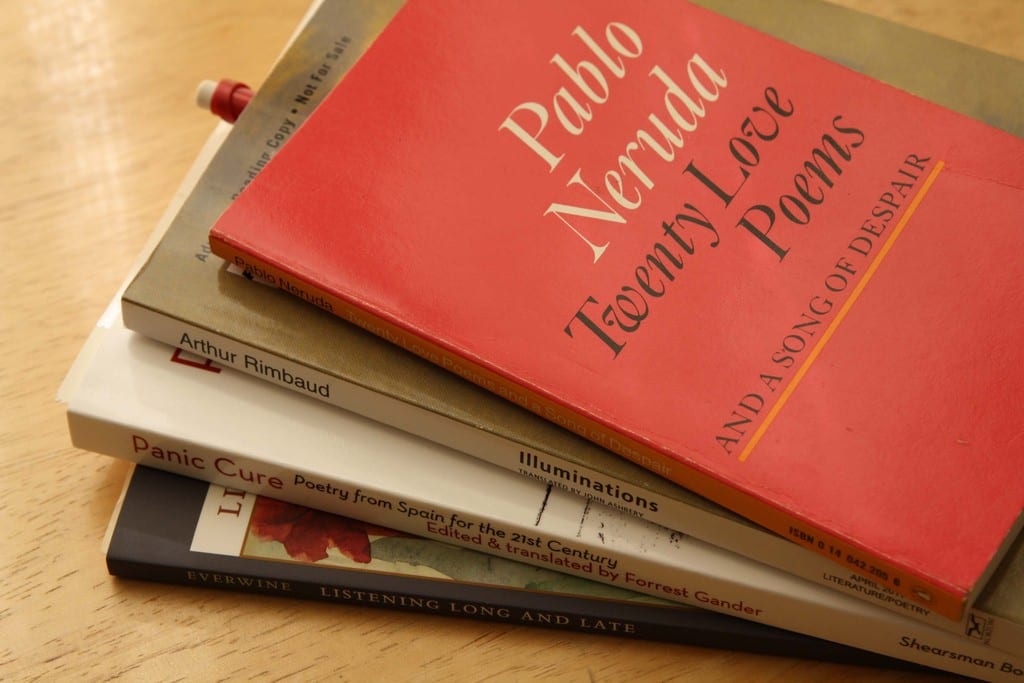Pronunciation is an area of English language learning that causes anxiety for students and frustration for teachers. Learning pronunciation in a new language is different from learning grammar or vocabulary. Each area has its particular challenges, but there is something important to consider teaching English pronunciation.
As children, we learn to distinguish between the sounds that are important in the languages we hear around us, and also we spend considerable time learning to make our articulatory muscles create the sounds needed for communicating in those languages.
Imagine going to a dance or yoga class for the first time and having the instructor ask you to stretch your head down to your knees. Could you do it easily? Sometimes we are asking our students to perform equivalent feats when we ask them to pronounce particular sounds in English.
Take an accredited TESOL course with OnTESOL.
How can teachers help students with pronunciation?
First of all, have fun
Many students are nervous about speaking, and tension in the body affects the articulators.
Give students time to warm up
Follow the example of drama teachers, and have your students stretch their mouths and face as a warm-up. Also, encourage them to make silly sounds and facial expressions. This can release tension and establish a relaxed atmosphere in the class.
Get students moving
Having students use their whole bodies as they practice pronunciation points can help them remember and incorporate the new sounds.
If you’re practicing intonation, hand out markers and have students move their arms like conductors to mimic the intonation patterns they are practicing. Have them crouch and stand up at the end of yes/no questions as a way of reinforcing the rising intonation. Get them to stand up and stomp their feet for the stressed words in sentences.
Use props
Sometimes using props and role play can help students feel less self-conscious about pronunciation. Have them pretend to be their favourite English-speaking actors, and perform a dialogue imitating their chosen actors.
Sing
You don’t have to be a talented musician to use music in your classroom. Singing simple songs provides natural pronunciation practice for students and is something that many people enjoy.
Also, students can use these for practice on their own- many people sing to themselves or their children without even being aware that they are working on their pronunciation.
Use nursery rhymes.
While some teachers worry that adult learners may be insulted if they use nursery rhymes in class, these little poems provide a wealth of valuable practice opportunities for students.
They are short, easy to remember, and have distinction rhythm and rhyming patterns. Some of them also provide interesting cultural information.
Loosening up and having some fun could be just what you and your students need to make progress in pronunciation.
Fun Pronunciation Activities Using IPA
One of the best tools teachers have when it comes to teaching English pronunciation is the IPA (International Phonetic Alphabet). When students learn the sound that each symbol represents, they have a resource they can use with the teacher’s aid or on their own in order to know how new words are pronounced individually. This, together with learning about stressing the correct syllable in a word, gives students invaluable independence and a reliable way to improve their pronunciation on their own.
It is important to teach these sounds in class in as much an entertaining way as possible because teaching pronunciation can sometimes be tedious and uninteresting, so teachers need to find strategies to make it appealing to the students. Furthermore, pronunciation teaching or practicing should not take more than 20 to 30 minutes per class to ensure the students’ interest is not lost.
The three activities described below can help make teaching pronunciation more amenable for teachers and students.
1- Sound Bingo
Since a big part of learning the phonetic alphabet is recognizing the new symbols and matching them with their actual sounds, playing sound bingo is an ideal activity that teachers can prepare. It is important to be aware of minimal pairs that are normally confusing for students because they are similar to each other, such as p and b.
Also, there are other sounds that present a particular difficulty to ESL students because they do not exist in the students’ native language or because they differ too much from sounds used in their native language.
When students are beginning to learn sounds, it’s best to avoid confusing them with minimal pairs.
2- Sound Crossword
A simple exercise that can be created is a crossword puzzle to be completed in pairs. The clues for the puzzle will actually be very simple since they will be the same as the words that are written in the puzzle itself. However, this should be done as a pair work exercise in which student A would have 50% of the clues and student B would have the remaining 50%.
Pairs will be able to complete the crossword by listening to each other and their success will be tied into their ability to pronounce the words correctly since they should be asked to either sit back-to-back or make sure not to look at each others’ papers.
Note that if minimal pairs are used it is important to make sure that both students get a chance to practice both sounds.
3 – Give Me Your Info!
A fun exercise that teachers can prepare to help students practice minimal pairs is a detective decoding activity. The teacher creates a code in which each digit (0 to 9) corresponds to a word from a minimal pair. For example:
0= ship / 1= sheep / 2= cat / 3= cut / 4= bat / 5= pat / 6= shock / 7= chalk / 8 = fin / 9= thin
This code can be created with words from different kinds of minimal pairs as seen above or with words from the same group of minimal pairs.
Once students have the code, they ask each other for information. For example, if one student asks for his classmate’s age, the student replying would say “My age is cat / shock”, which means 26. With this code, students can tell each other all kinds of information that uses numbers while practicing their pronunciation of minimal pairs and having fun.





